There is no need for ifelse, you could do the following:
df$numericGrade = NA
df$numericGrade[df$grade=="A"] = 13
df$numericGrade[df$grade=="A-"] = 12
df$numericGrade[df$grade=="B+"] = 11
df$numericGrade[df$grade=="C-"] = 6
For example:
df = data.frame(Name = c("John", "Mary", "Timmy", "Susan"), grade = c("B+", "A", "C-", "DNF"))
Name grade
1 John B+
2 Mary A
3 Timmy C-
4 Susan DNF
applying the previous lines results in:
Name grade numericGrade
1 John B+ 11
2 Mary A 13
3 Timmy C- 6
4 Susan DNF NA
Of course this takes one line for every case and my example is not complete.
Using Merge
Another option is to use merge. In this case you need to have another data frame with the grades conversion:
gradesDict = data.frame(letter = c("A", "A-", "B+", "C-"),
number = c(13, 12, 11, 6))
letter number
1 A 13
2 A- 12
3 B+ 11
4 C- 6
and then do:
df = merge(df, gradesDict, by.x = "grade", by.y = "letter", all.x = T)
grade Name number
1 A Mary 13
2 B+ John 11
3 C- Timmy 6
4 DNF Susan NA
 .
.